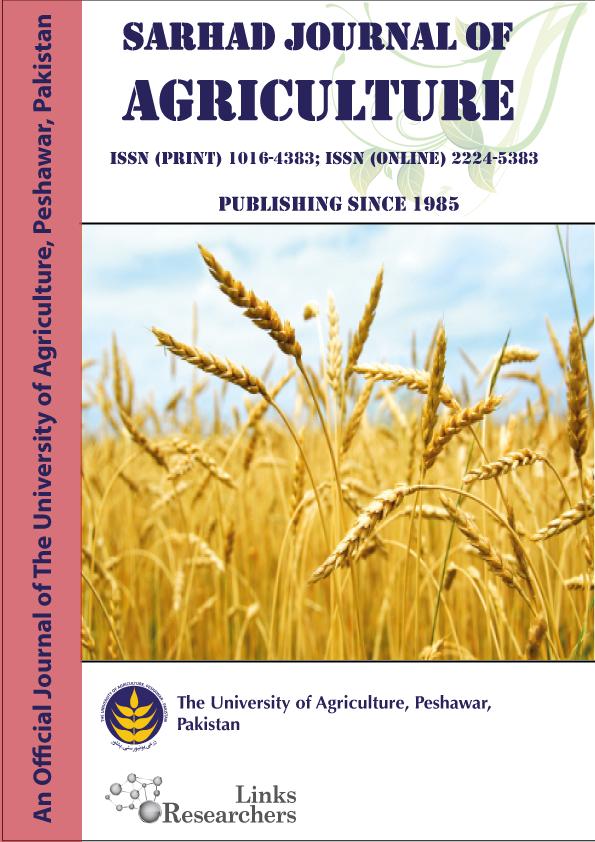Autoclaving Cooling Method for Optimizing Resistant Starch Content and Physicochemical Properties of Modified Tannia Flour
Autoclaving Cooling Method for Optimizing Resistant Starch Content and Physicochemical Properties of Modified Tannia Flour
Wirawan Wira1, Noor Harini1, Damat Damat1, Bambang Yudi Ariadi1, Evika Sandi Savitri2,
Nguyen Ngoc Huu3, Trias Agung Pakarti4 and Indah Nur Sobach2
ABSTRACT
To share on other social networks, click on any share button. What are these?







